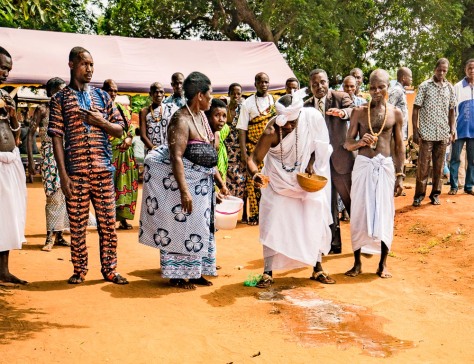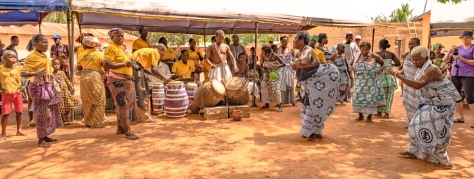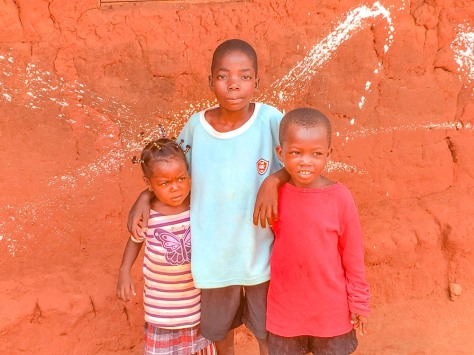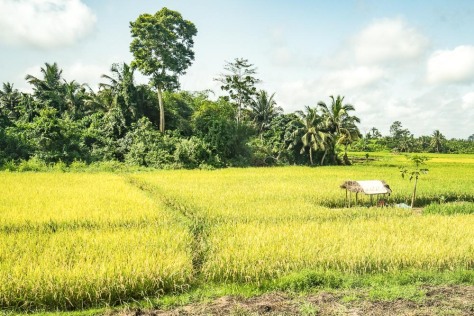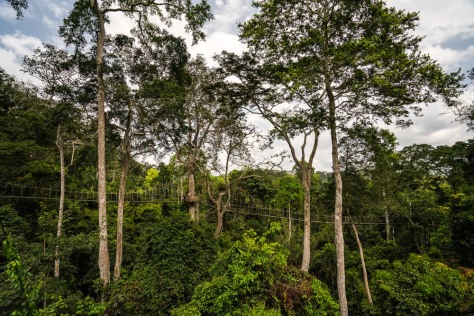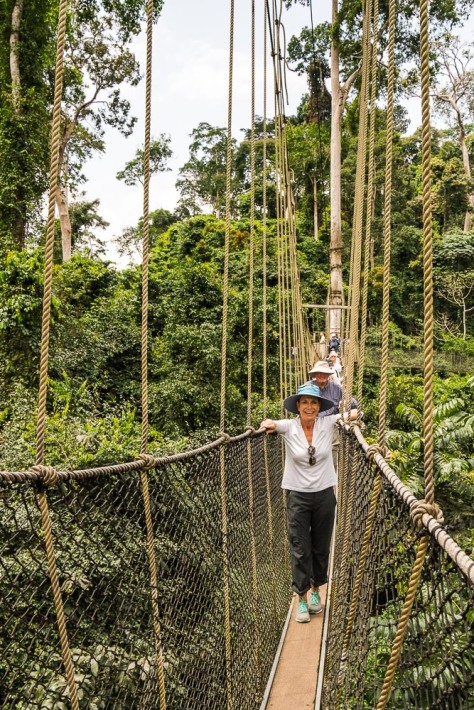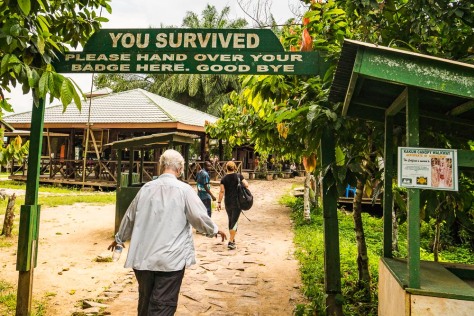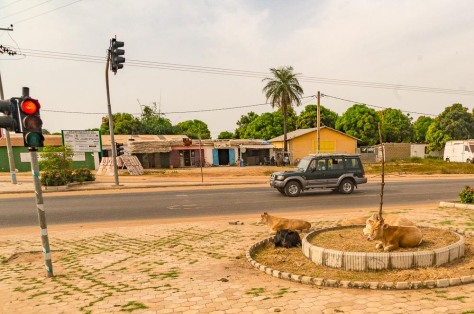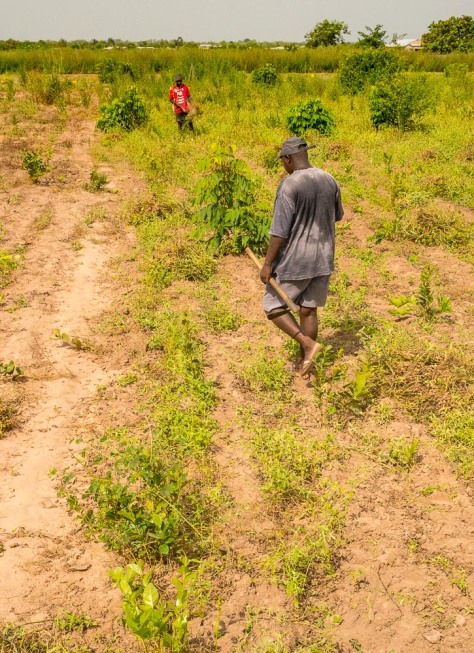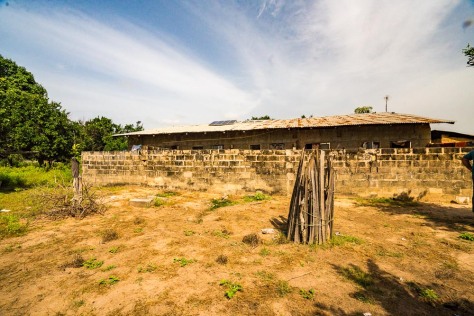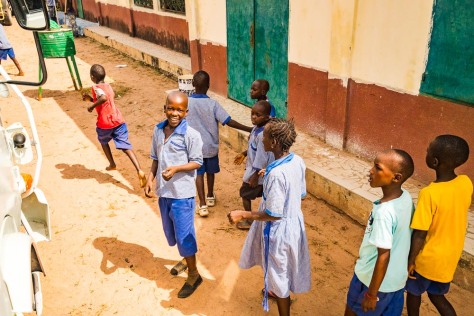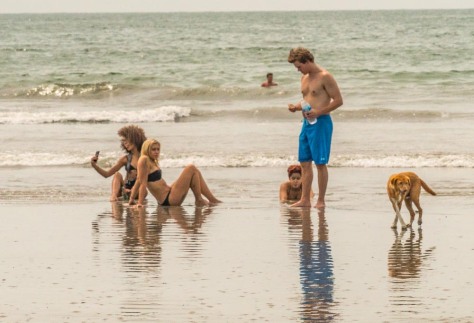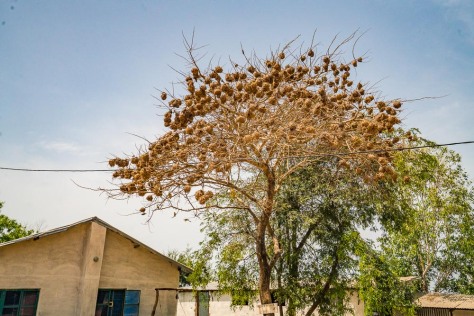November 18, 2016:
Here we are on our last day in South Africa, and I have to say, there’s a lot more here that I would like to see. Tomorrow we fly home (South Africa to Dubai; Dubai to L.A.). But in the meantime, we have some animals to see …
Today’s excursion takes us a couple of hours from Cape Town to a wild animal preserve known as Aquila Reserve. We drove some more beautiful countryside. As their web materials say, “Aquila Game Reserve is the closest private game reserve to Cape Town, being a short drive from the city. Aquila is located in the historic Touws River town, in a valley between the Langeberg and the Outeniqua Mountains in the Karoo.The Karoo is on the national garden route. Setting the scene are spellbinding landscapes, carpets of wild flowers and wildlife. It is a place of wide spaces, immense horizons, craggy mountain ranges, jutting hills, an ancient seabed, and a massive clear sky at night.”

Upon arrival at the Reserve, we were met with a lovely sparkling beverage, and then loaded up the open-sided safari vehicles for our tour. Our first stop was at the large cat compound. Aquila Private Game Reserve has gone to massive efforts and expense to source and re-introduce wildlife into the Cape region. A great emphasis is placed on a wildlife conservation educational experience. Aquila offers visitors a complimentary educational introduction to our cheetahs. Cheetahs are captive bred and strictly controlled in the interest of cheetah survival worldwide. All that being said, although we were able to see the cheetahs and a rally gorgeous leopard, it wasn’t the same as seeing them in the wild.







However, once we entered into the rest of the Reserve, things got much better. Our first sighting the day was a mother and baby rhino trotting through the bush. Then we saw even more rhinos, and a pair of ostriches.




There is a large shallow lake on the Reserve, and as to be expected, the hippo colony was busily cavorting in the water and shallow mud. Because these pictures were taken at a distance greater than my eyes could see, it wasn’t until I actually viewed the photos that I saw I had captured this darling little baby hippo!


As we drove along, we saw some giraffes grazing, including this darling youngster! We also saw a beautiful wildebeest, who obligingly posed for us.
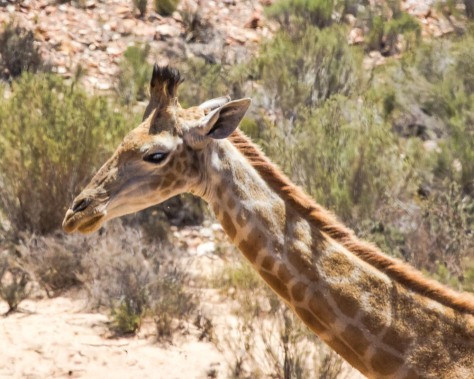




Leaving these peaceful creatures, we entered the lion enclosure, which occupies about 4,000 acres. Obviously, these lions are very well-fed. So much so, it was hard to tell the pregnant lioness from the merely fat ones. We were all mystified to see 2 male lions, but the guide explained that both were from the same family, and the oldest one was no longer competition for the lionesses. It was touching to see one of the lionesses hop down and go give the older male lion a nuzzle!







As you can probably tell from these photos, we were incredibly close to the lions. Therefore, it was with great relief that we learned that a couple of springbok were released into the lion enclosure each week to remove any temptation for the lions to hunt human targets. After we left the lion enclosure, we encountered a couple of elderly elephants, one of which looked blind in one eye. However, they were very friendly with each other, and appeared to travel as a pair.
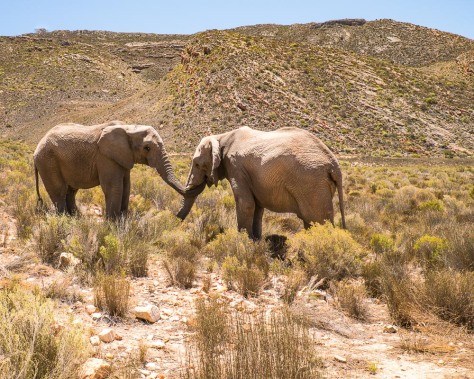

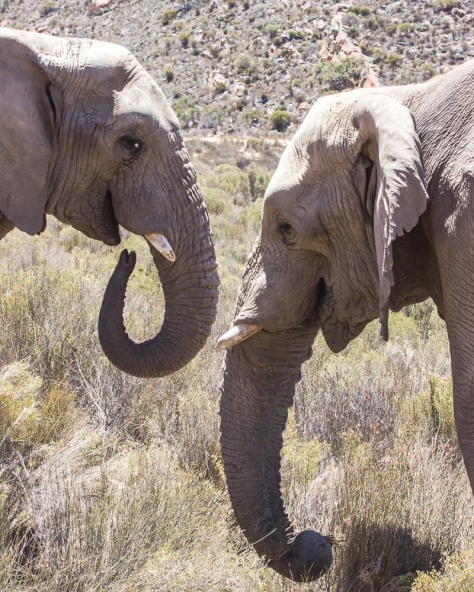

The elephants, giraffes, many springbok and a herd of zebras all mainly hang out in an ancient riverbed valley, giving great views across the valley at the various wild animals. We pulled up to a high point, and toasted our photo safari with some more great South African sparkling wine!



With that, we returned to the lodge for lunch, and then drove back to Cape Town. We had one more fabulous dinner at Karibu. Here’s a picture of Jim’s starter; ostrich, springbok and crocodile carpaccios! Tomorrow, it’s home for us, but we should have time to enjoy one more beautiful morning in Cape Town.












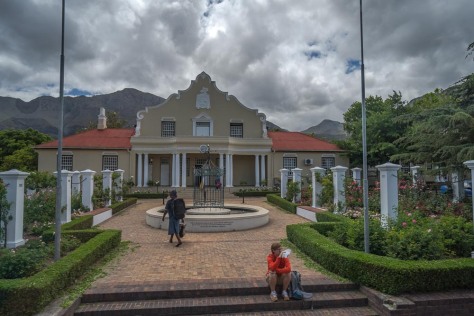




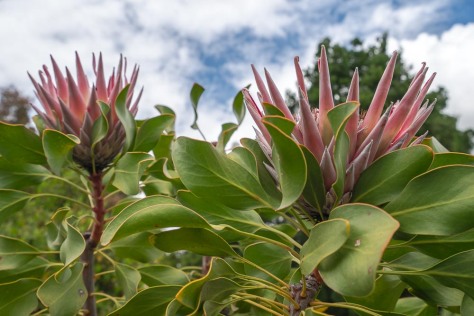















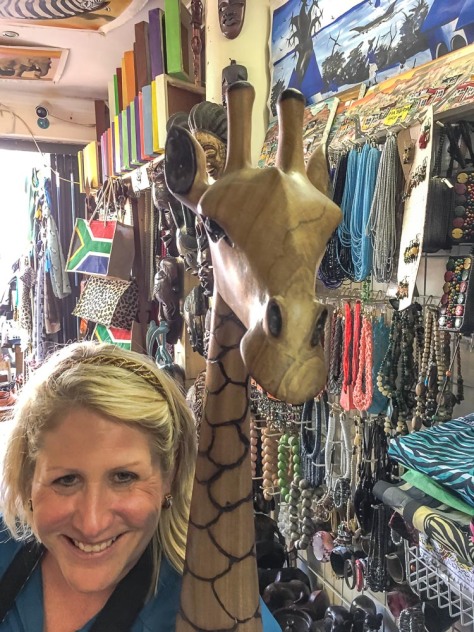








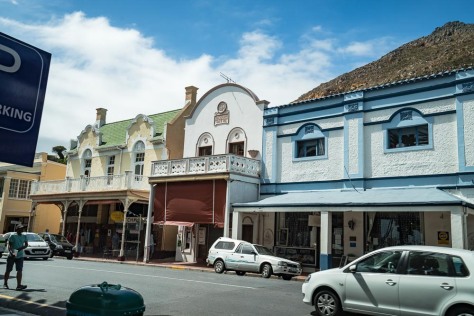







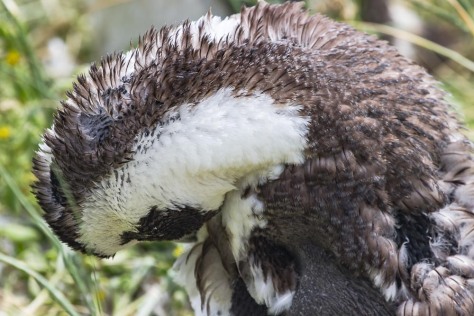



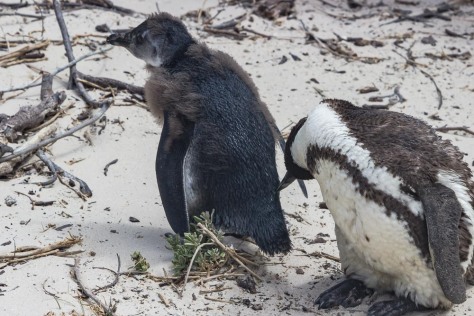


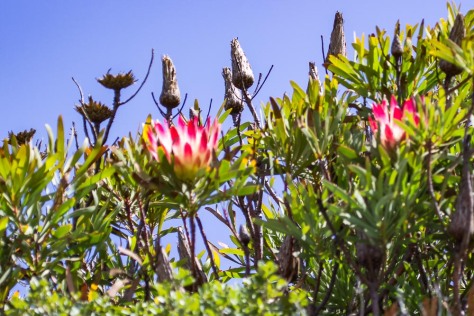









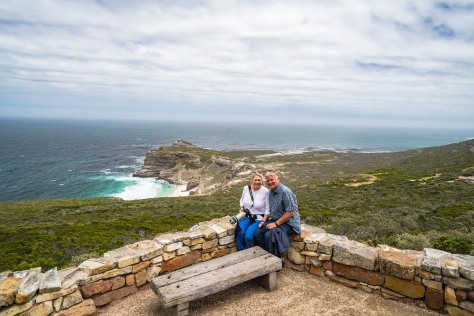

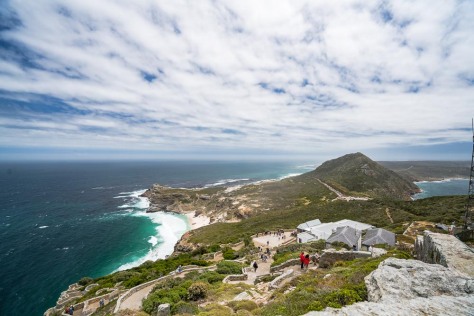
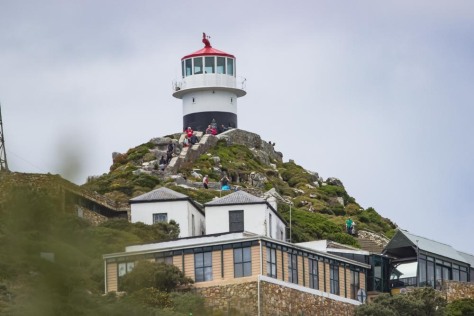














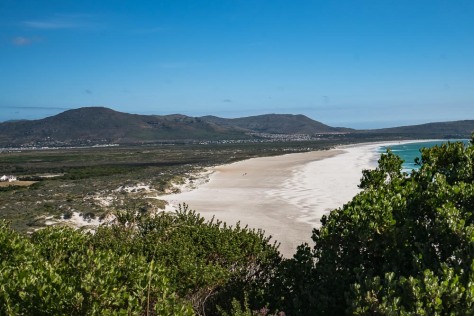













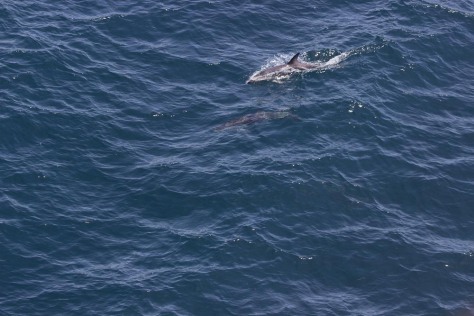





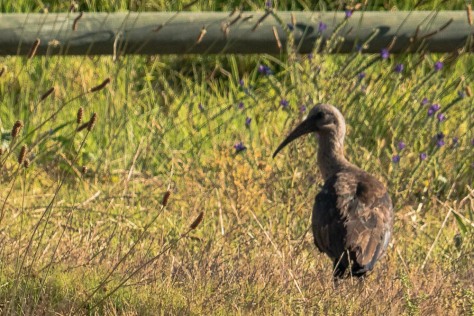
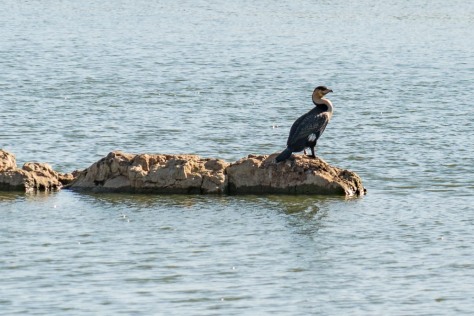

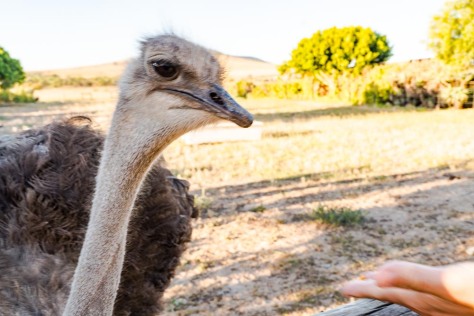
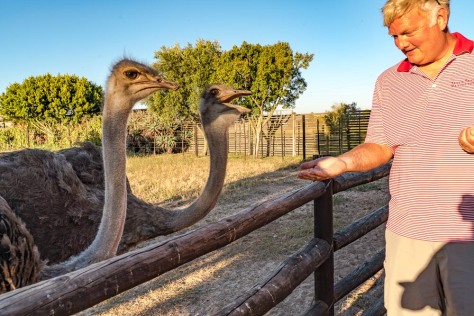
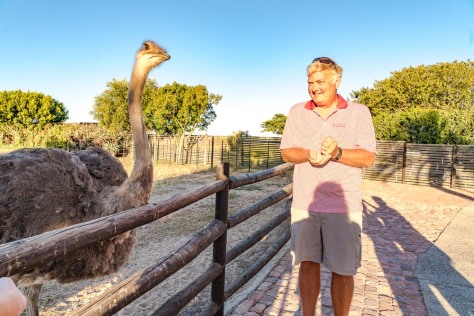








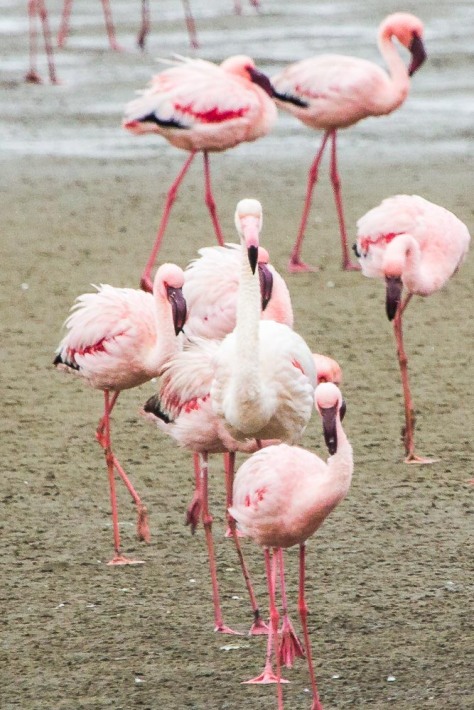



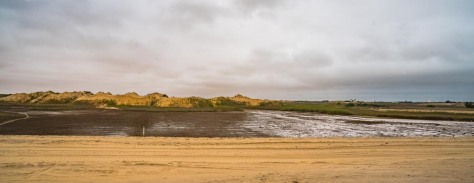


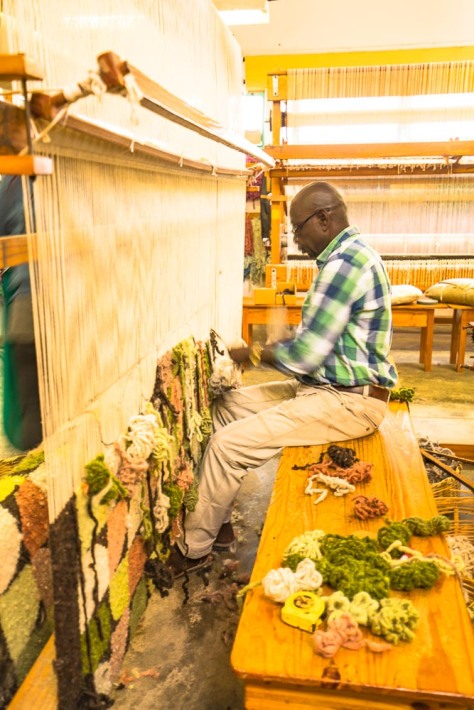






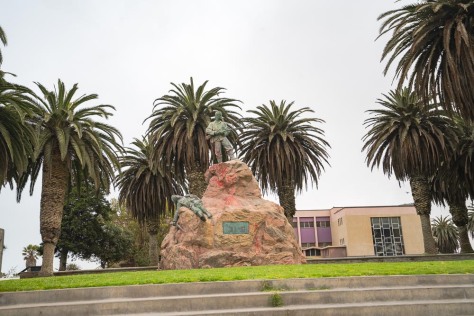






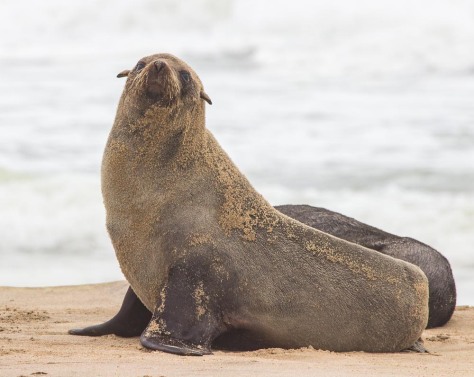







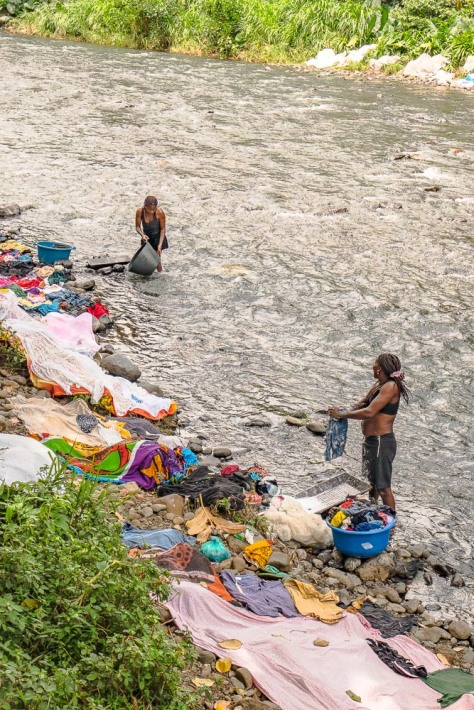




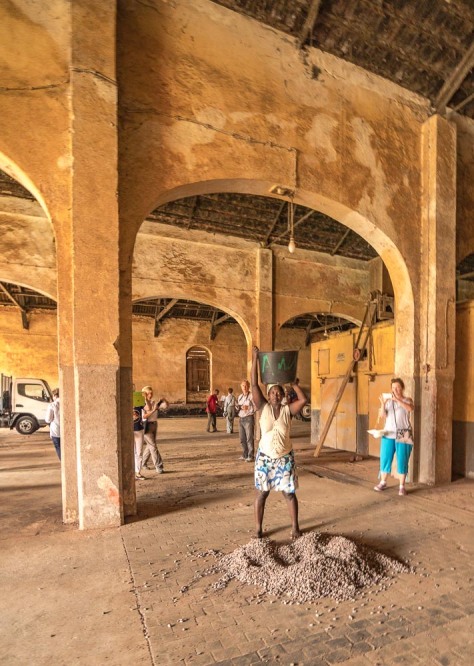

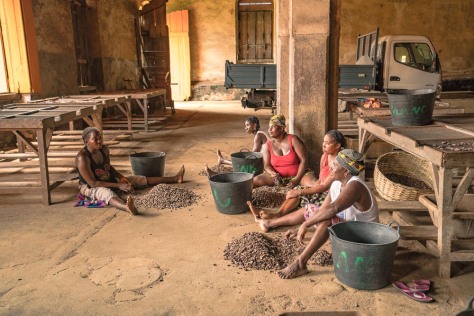











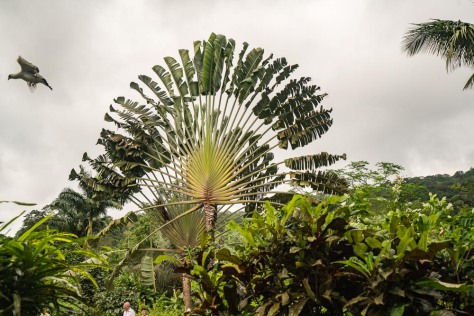




 After we left the coffee plantation, we drove back down the coast for our drive back to the ship. Still, São Tomé had one last wonder in store for us: Seven Wave Beach. We stopped for some great photos of this classically tropical beach and then headed back to catch our tender to the Navigator.
After we left the coffee plantation, we drove back down the coast for our drive back to the ship. Still, São Tomé had one last wonder in store for us: Seven Wave Beach. We stopped for some great photos of this classically tropical beach and then headed back to catch our tender to the Navigator.





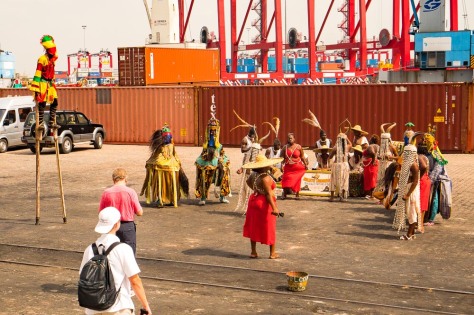










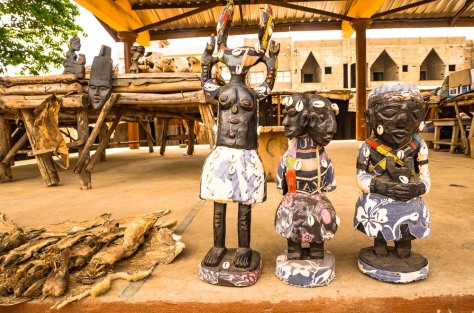






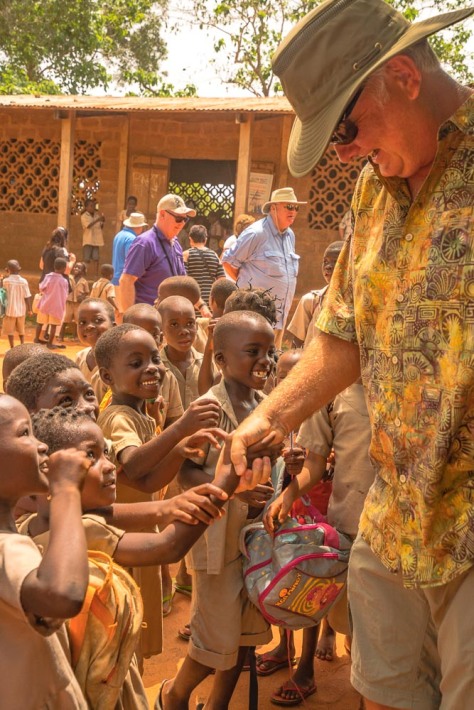




 The king and his royal court met us at the entrance to their compound, and he and some of the village elders helped him perform a welcoming ceremony. As many of you know, in many countries in Africa, there are tribal chiefs and kings who still govern areas, particularly in the rural areas. In this case, the village we visited was Akepe, and the kingdom covers about 3,000 subjects. Some of those subjects were the school kids from the school we visited. The king’s royal court and his “notables” (nobles) ushered us in to a central gathering area, which, fortunately for us was shaded and had benches. Did I mention it’s really hot here almost on the Equator?!!!
The king and his royal court met us at the entrance to their compound, and he and some of the village elders helped him perform a welcoming ceremony. As many of you know, in many countries in Africa, there are tribal chiefs and kings who still govern areas, particularly in the rural areas. In this case, the village we visited was Akepe, and the kingdom covers about 3,000 subjects. Some of those subjects were the school kids from the school we visited. The king’s royal court and his “notables” (nobles) ushered us in to a central gathering area, which, fortunately for us was shaded and had benches. Did I mention it’s really hot here almost on the Equator?!!!